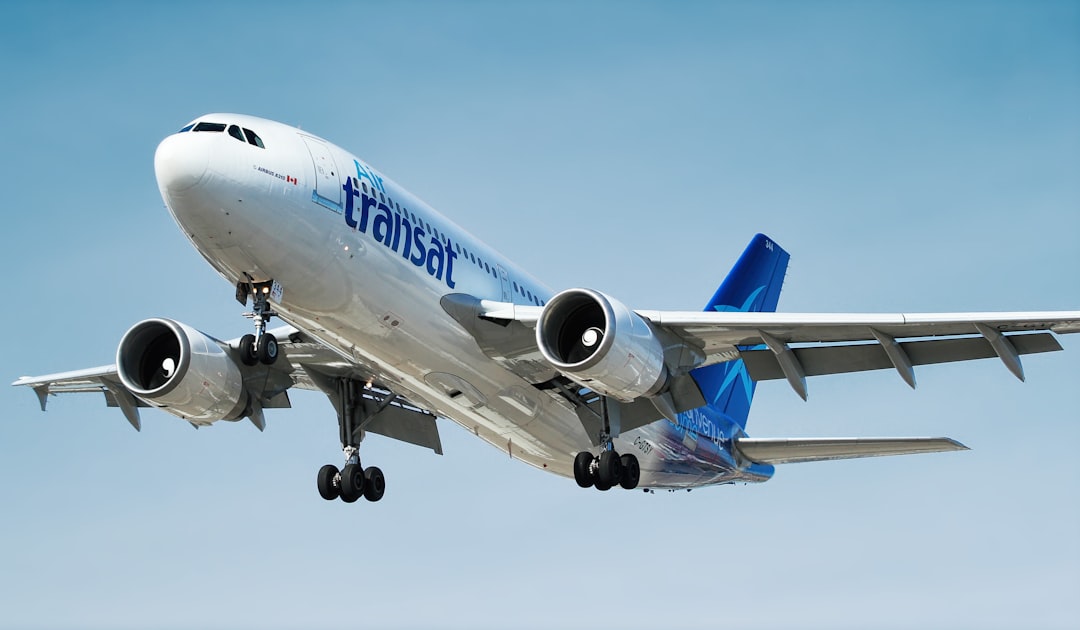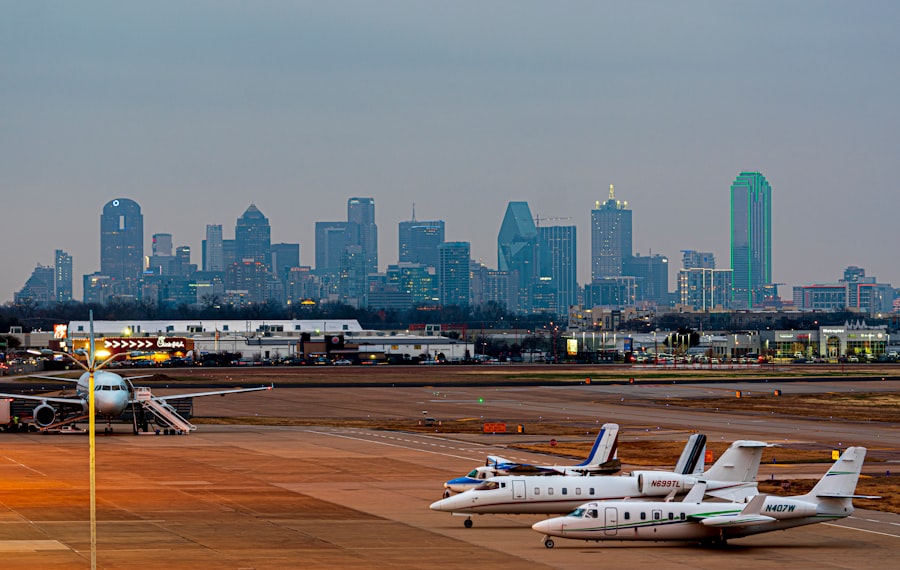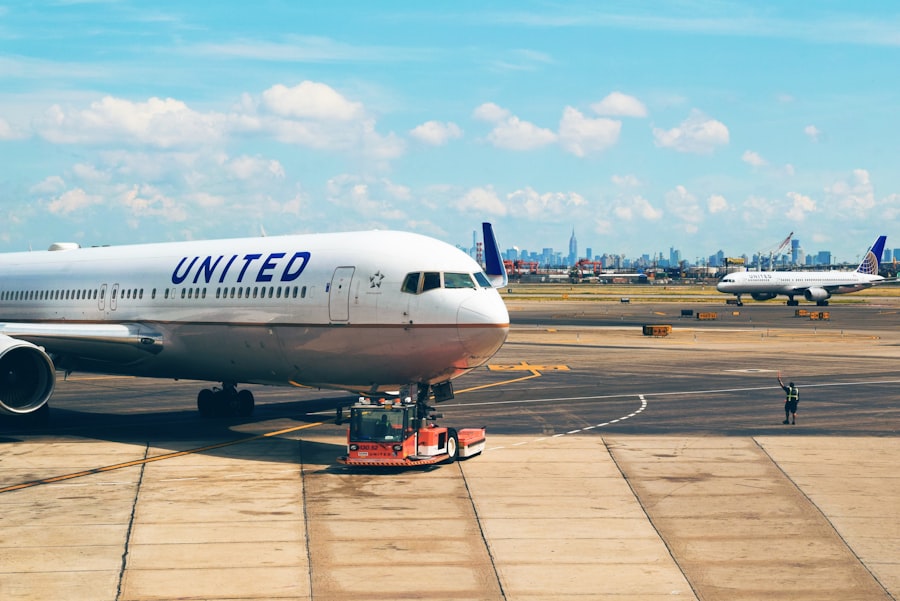
An avionics technician is a specialized professional responsible for the installation, maintenance, and repair of electronic systems in aircraft. These systems encompass a wide range of technologies, including navigation, communication, and flight control systems. The role of an avionics technician is critical to ensuring the safety and efficiency of modern aviation, as aircraft increasingly rely on sophisticated electronic systems for operation.
The work of these technicians is not only technical but also requires a deep understanding of aviation regulations and standards, as they must ensure that all systems comply with federal aviation guidelines. Avionics technicians often work in various environments, including commercial airlines, private aviation companies, and military operations. Their expertise is essential in troubleshooting complex electronic issues that can arise during flight operations or routine maintenance checks.
The job demands a high level of precision and attention to detail, as even minor errors in avionics systems can lead to significant safety risks. As technology continues to evolve, avionics technicians must stay updated on the latest advancements in electronic systems and software used in aviation.
Key Takeaways
- An avionics technician is a professional responsible for installing, maintaining, and repairing electronic systems in aircraft.
- Avionics technicians play a crucial role in ensuring the safety and functionality of aircraft electronic systems in the aviation industry.
- To become an avionics technician, individuals typically need to complete a formal training program and obtain certification from the Federal Aviation Administration (FAA).
- Job opportunities for avionics technicians in the USA are expected to grow due to the increasing demand for air travel and the need to upgrade and maintain aircraft electronic systems.
- Avionics technicians in the USA can expect competitive salaries and benefits, with opportunities for advancement in the field of avionics technology.
The Role of Avionics Technicians in the Aviation Industry
Diagnostic Expertise
When an issue is detected, these technicians use specialized diagnostic tools and software to identify the root cause of the malfunction.
Installation and Upgrades
In addition to troubleshooting, avionics technicians are also involved in the installation of new systems and upgrades to existing equipment. As aircraft technology advances, older systems may need to be replaced or enhanced to meet new safety standards or improve performance.
Maintaining Safety and Reliability
Technicians must be adept at integrating new technologies into existing frameworks while ensuring compatibility and compliance with regulatory requirements. Their work directly impacts the operational capabilities of aircraft, making their role indispensable in maintaining the safety and reliability of air travel.
Training and Education Requirements for Avionics Technicians

To become an avionics technician, individuals typically need a combination of formal education and hands-on training. Most employers prefer candidates who have completed an associate degree or a certificate program in avionics technology or a related field. These programs often cover essential topics such as electronics theory, digital systems, and aircraft maintenance practices.
Students gain practical experience through laboratory work and internships, which are crucial for developing the skills needed in real-world scenarios. In addition to formal education, avionics technicians must obtain certification from the Federal Aviation Administration (FAA) to work on aircraft in the United States. The FAA requires technicians to pass written, oral, and practical exams to demonstrate their knowledge and skills in avionics systems.
Many technicians also pursue additional certifications from manufacturers or industry organizations to enhance their qualifications and stay competitive in the job market. Continuous education is vital in this field due to the rapid advancements in technology, necessitating ongoing training to keep up with new systems and regulations.
Job Opportunities for Avionics Technicians in the USA
| State | Number of Job Opportunities | Average Salary |
|---|---|---|
| California | 1,200 | 65,000 |
| Texas | 900 | 60,000 |
| Florida | 700 | 55,000 |
| Washington | 500 | 70,000 |
The demand for avionics technicians in the United States is robust, driven by the growth of the aviation industry and the increasing complexity of aircraft systems. Job opportunities can be found across various sectors, including commercial airlines, cargo carriers, private jet operators, and military aviation. According to the Bureau of Labor Statistics (BLS), employment for avionics technicians is projected to grow steadily over the next decade, reflecting the ongoing need for skilled professionals in this field.
In addition to traditional aviation roles, avionics technicians may also find opportunities in emerging sectors such as unmanned aerial vehicles (UAVs) and space exploration. As drone technology becomes more prevalent for commercial applications, there is a growing need for technicians who can maintain and repair these advanced systems. Similarly, with renewed interest in space travel and exploration, avionics technicians may find roles within aerospace companies focused on developing new technologies for spacecraft.
Salary and Benefits for Avionics Technicians
The salary for avionics technicians can vary significantly based on factors such as experience, location, and the specific sector of employment. According to recent data from the BLS, the median annual wage for avionics technicians was approximately $66,000. However, those working in high-demand areas or specialized sectors may earn significantly more.
For instance, technicians employed by major airlines or defense contractors often receive higher salaries due to the complexity of their work and the critical nature of their responsibilities. In addition to competitive salaries, many avionics technicians enjoy a range of benefits that enhance their overall compensation package. Common benefits include health insurance, retirement plans, paid time off, and opportunities for professional development.
Some employers also offer tuition reimbursement programs for further education or specialized training. The combination of a solid salary and comprehensive benefits makes a career as an avionics technician an attractive option for those interested in aviation technology.
Advancement Opportunities in the Field of Avionics Technology

Avionics technicians have numerous opportunities for career advancement within the aviation industry. With experience and additional training, many technicians move into supervisory or management roles where they oversee teams of technicians and coordinate maintenance operations. These positions often require strong leadership skills and a deep understanding of both technical and regulatory aspects of aviation maintenance.
Moreover, some avionics technicians choose to specialize further by obtaining certifications in specific areas such as radar systems or communication technologies. This specialization can lead to higher-paying positions or roles that involve more complex systems. Additionally, experienced technicians may transition into roles such as quality assurance inspectors or regulatory compliance officers, where they ensure that maintenance practices meet industry standards.
The diverse pathways available within this field allow technicians to tailor their careers according to their interests and strengths.
The Future of Avionics Technology and Job Outlook
The future of avionics technology is poised for significant advancements as the aviation industry continues to evolve. Innovations such as artificial intelligence (AI), machine learning, and advanced data analytics are increasingly being integrated into avionics systems. These technologies promise to enhance aircraft performance, improve safety measures, and streamline maintenance processes.
As these advancements unfold, avionics technicians will need to adapt by acquiring new skills related to these emerging technologies. The job outlook for avionics technicians remains positive due to several factors driving demand. The ongoing expansion of commercial air travel necessitates a larger workforce to maintain aircraft fleets.
Additionally, as older aircraft are retired and replaced with newer models equipped with advanced avionics systems, there will be a continued need for skilled technicians who can manage these sophisticated technologies. Furthermore, the rise of electric and hybrid aircraft presents new challenges and opportunities within the field, requiring technicians to stay informed about cutting-edge developments.
How to Pursue a Career as an Avionics Technician in the USA
For those interested in pursuing a career as an avionics technician in the United States, several steps can facilitate entry into this rewarding field. First, prospective technicians should seek out accredited educational programs that offer degrees or certificates in avionics technology or related disciplines. These programs provide foundational knowledge and practical skills essential for success in the industry.
After completing an educational program, individuals should focus on obtaining FAA certification by passing the required examinations. Gaining hands-on experience through internships or entry-level positions can also be invaluable for building practical skills and networking within the industry. Joining professional organizations related to aviation maintenance can provide additional resources for career development and job opportunities.
By following these steps and remaining committed to continuous learning, aspiring avionics technicians can establish successful careers in this dynamic field.
If you are interested in learning more about careers in the USA, specifically in the field of avionics technicians, you may want to check out the article “Top 10 Highest Paying Jobs in Aviation” on careersintheusa.com. This article provides valuable information on the top-paying jobs in the aviation industry, including avionics technicians, and can help you make informed decisions about your career path.
FAQs
What is the role of an avionics technician?
An avionics technician is responsible for installing, inspecting, testing, and repairing electronic equipment on aircraft, such as communication and navigation systems, radar systems, and autopilot systems.
What are the educational requirements to become an avionics technician in the USA?
To become an avionics technician in the USA, individuals typically need to complete a certificate or associate degree program in avionics or aviation maintenance technology. Some employers may also require FAA certification.
What skills are important for avionics technicians?
Important skills for avionics technicians include strong technical and mechanical abilities, attention to detail, problem-solving skills, and the ability to work well under pressure.
What is the job outlook for avionics technicians in the USA?
According to the U.S. Bureau of Labor Statistics, the job outlook for avionics technicians is projected to decline by 9% from 2020 to 2030, primarily due to advancements in technology and automation.
What is the average salary for avionics technicians in the USA?
According to the U.S. Bureau of Labor Statistics, the median annual wage for avionics technicians in May 2020 was $66,440.



